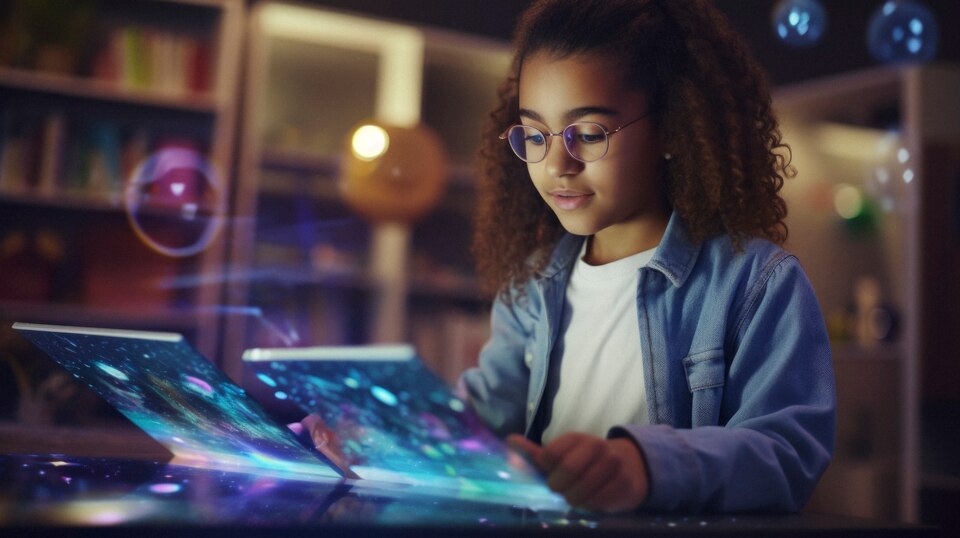
The Future of Learning: How Edverse is Revolutionizing Online Education
Introduction Education has evolved significantly over the past decade, with digital transformation reshaping the way students and teachers interact. Traditional learning methods,
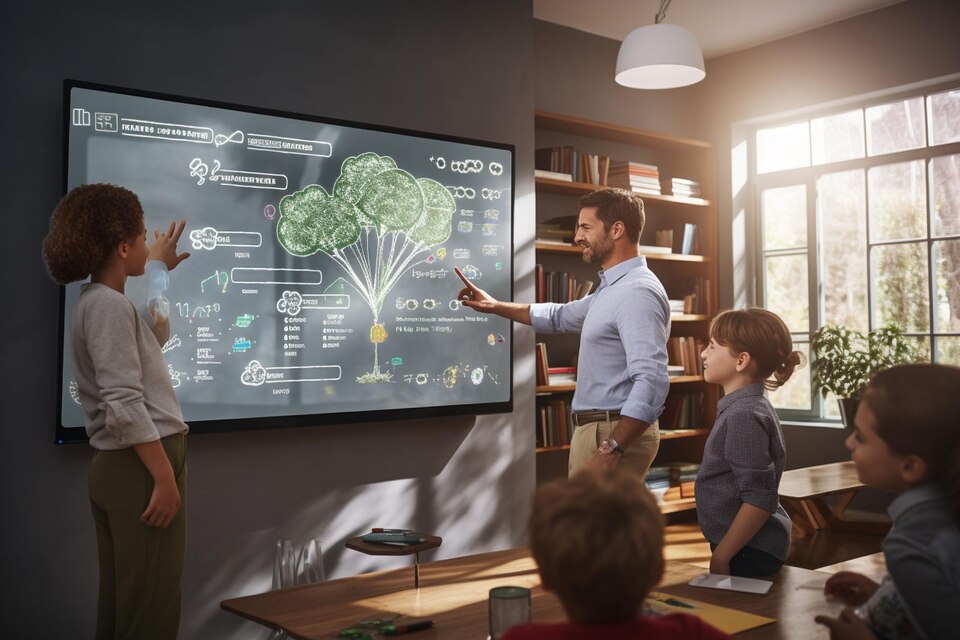
Digital Classroom
Introduction Education has always been shaped by the advancements of its time, evolving from traditional blackboards to interactive whiteboards, from physical textbooks

Hands-On Digital Learning
Introduction The evolution of education has been marked by the integration of new teaching methods, technologies, and approaches that enhance the learning

Remote Learning Solutions
Introduction Education has undergone a massive transformation over the past decade, with technology playing a crucial role in reshaping the learning landscape.
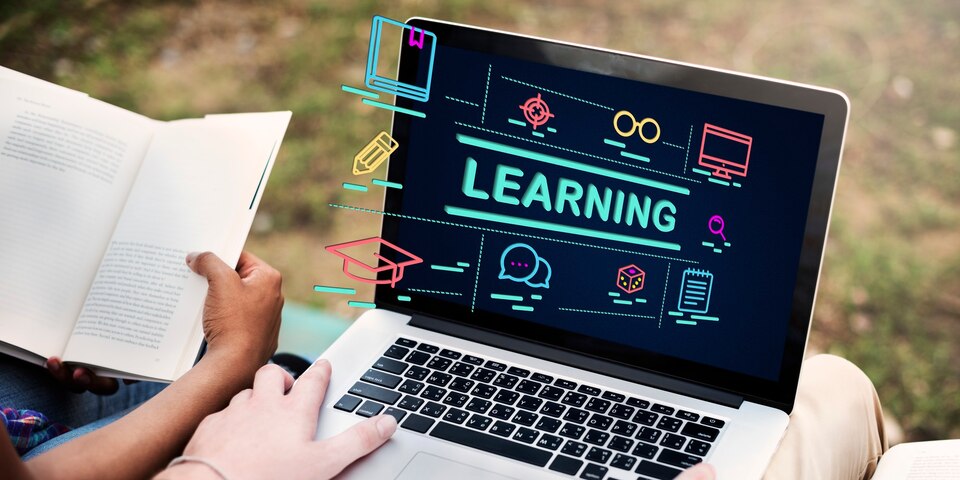
E-Learning Revolution
Introduction Education is undergoing a massive transformation fueled by digital advancements, shifting societal needs, and the ever-growing demand for flexible learning solutions.
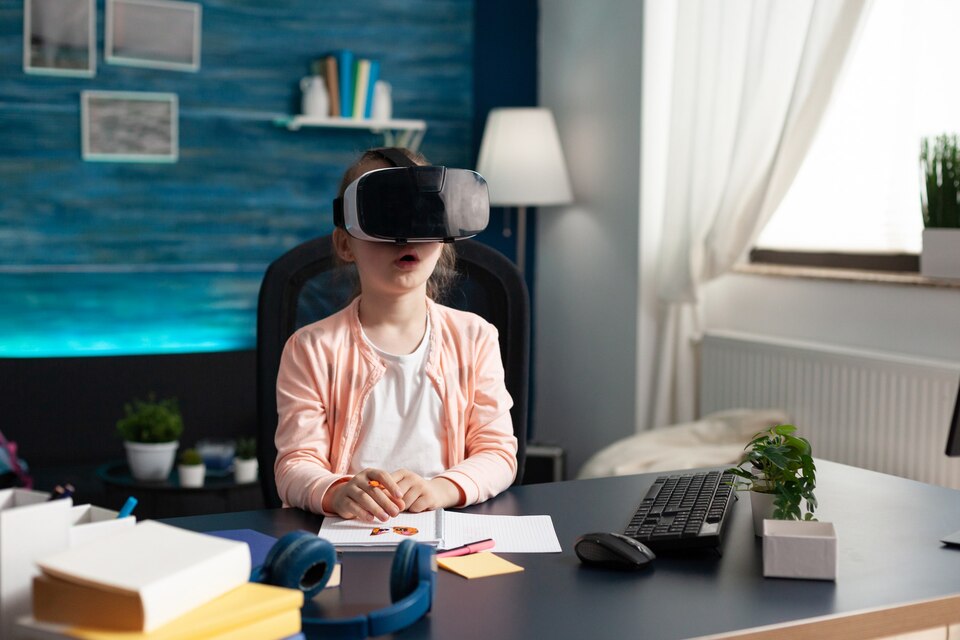
Virtual Reality Learning
Introduction Education is constantly evolving, with technology playing an increasingly crucial role in shaping modern learning experiences. Among the latest innovations, Virtual
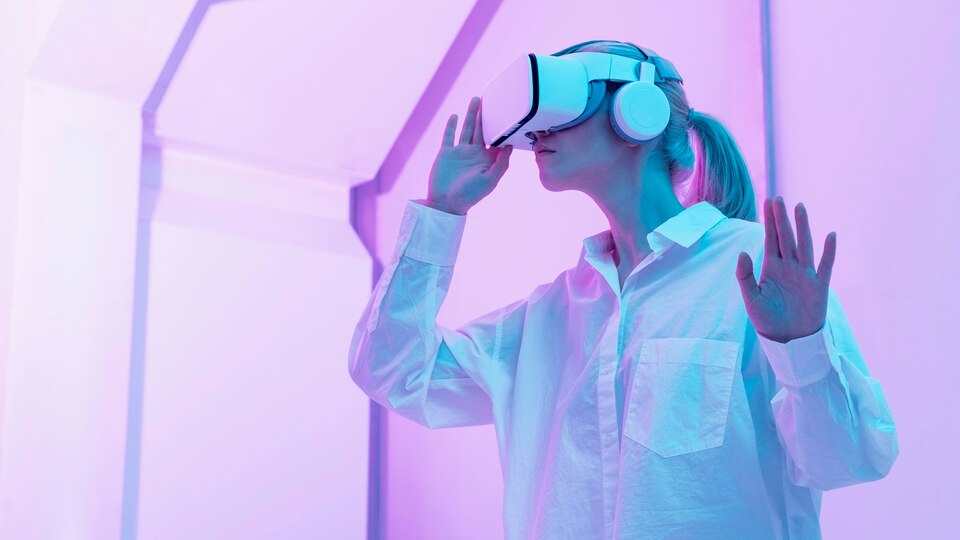
Education in the Metaverse
Introduction Education has always evolved alongside technological advancements. From the printing press revolutionizing knowledge distribution to the internet making education more accessible,
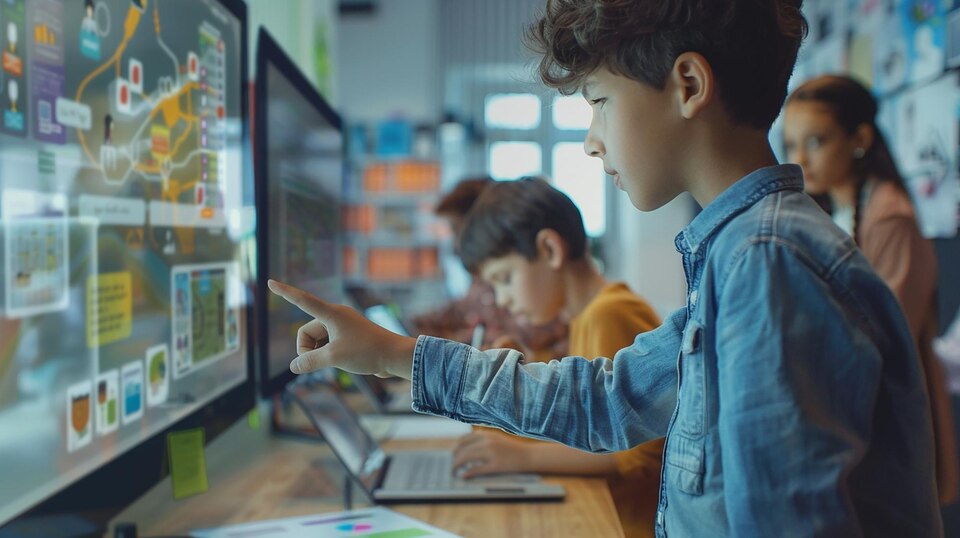
Gamified Classroom
Introduction The traditional classroom model, with its heavy reliance on lectures, textbooks, and standardized assessments, is gradually evolving to meet the needs
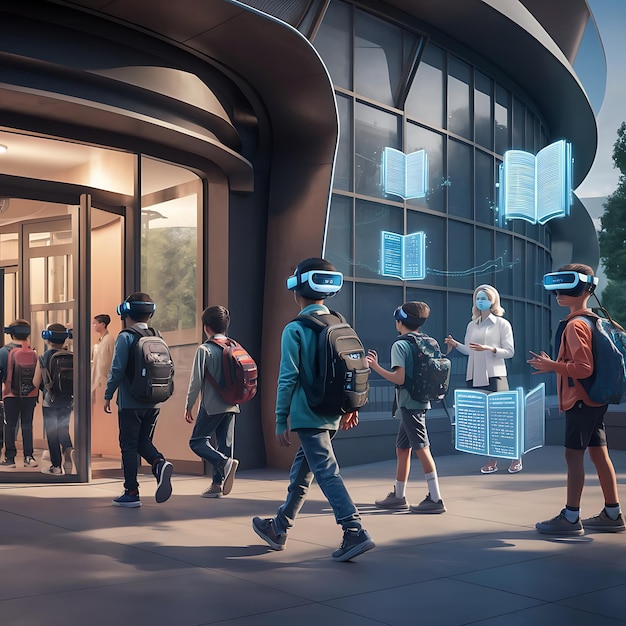
Metaverse for Schools
Introduction The landscape of education is evolving rapidly, and the metaverse is emerging as a powerful tool for schools seeking to enhance
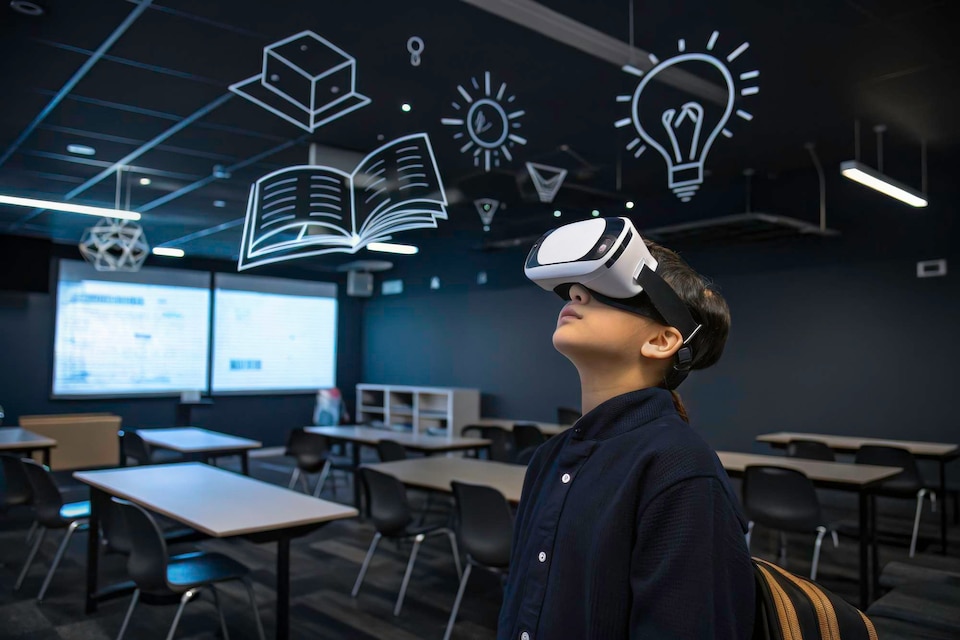
VR Teaching Tools
Introduction Education has undergone a significant transformation over the years, shifting from traditional classroom-based learning to digital platforms that offer accessibility, flexibility,

E-Learning Market Growth
Introduction The e-learning market has witnessed an unprecedented expansion in recent years, driven by the rapid evolution of technology, the widespread accessibility
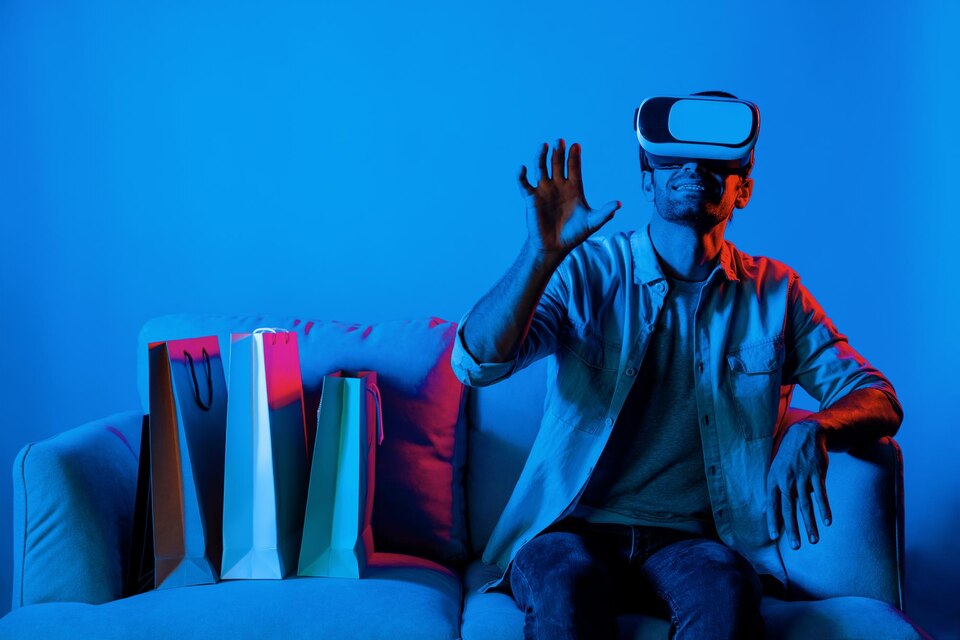
VR Education Market
Introduction The virtual reality (VR) education market is rapidly transforming the way students and professionals engage with learning. With advancements in technology,
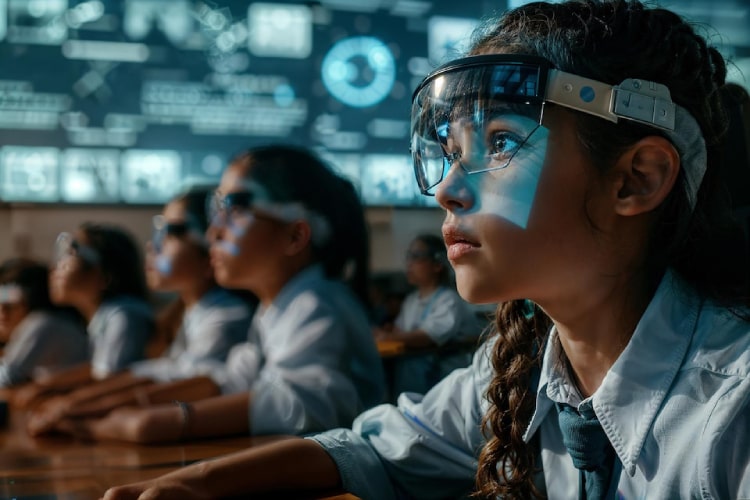
These Are the Magnificent Ways Through Which Virtual Avatars Assist Students Stay Concerned in the Classroom
Introduction Virtual avatars have changed classroom dynamics as far as interaction learning is concerned. They create interactive and quite engaging experiences in
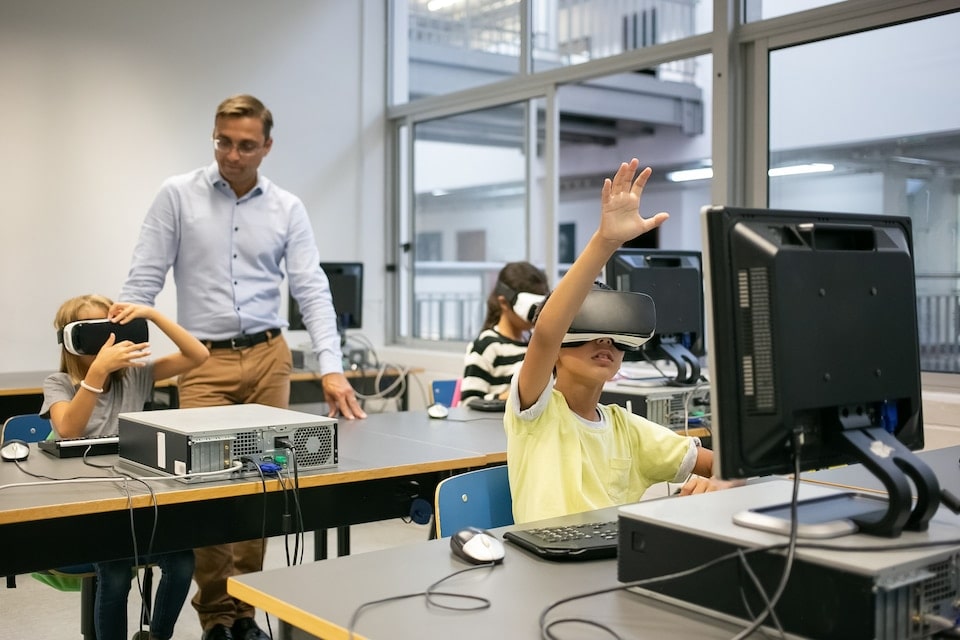
Why Virtual Reality Has Ingrained Itself into Modern Classroom Essentials
Virtual reality, which was previously a mechanism for gaming, is now a surpassing notion in education. By making the most out of
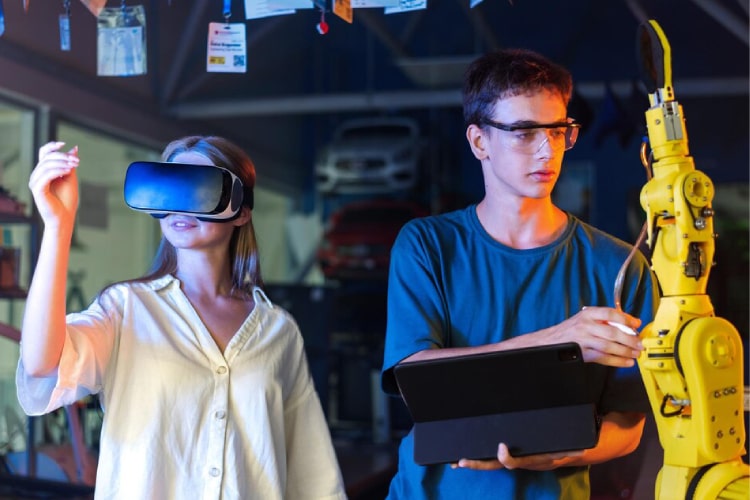
Why the Next Future of EdTech is 3D Environment?
Introduction As education transforms, 3D environments are bringing revolution in EdTech. These are the immersive scenes for students to explore, interact, and
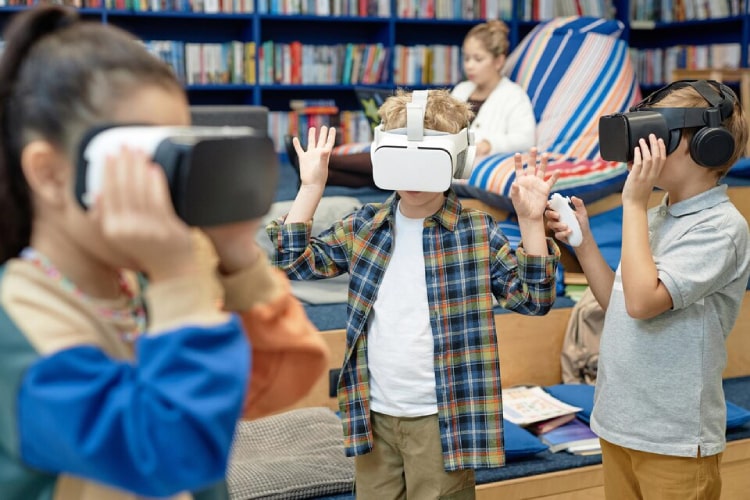
Transforming the Old Paradigm – Immersive Technologies in Education
Introduction The future of learning: immersive technologies are coming in new ways to engage students and deliver the content. Through virtual reality
